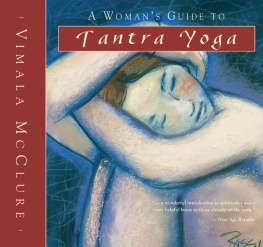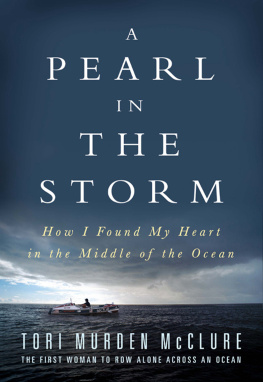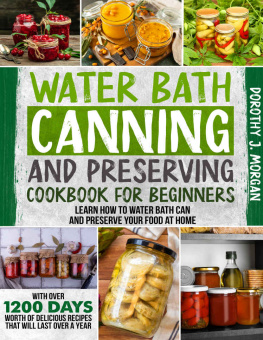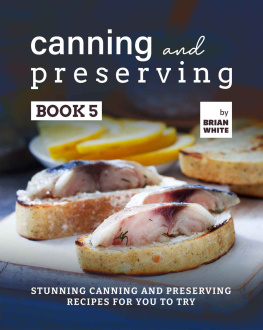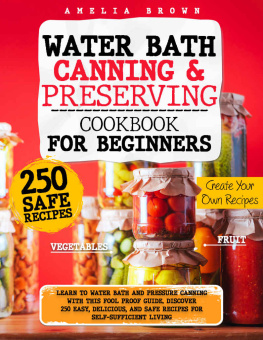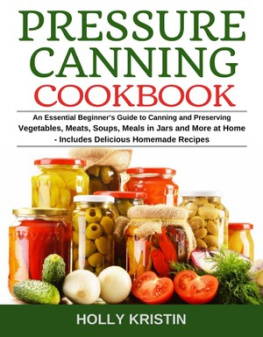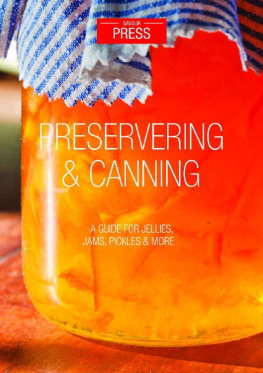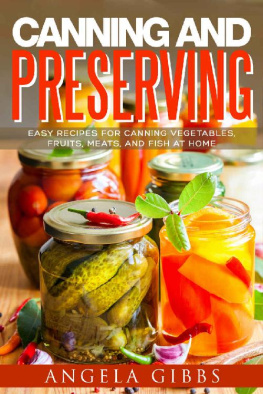Canning & Preserving Cookbook
A step-by-step guide with 500 recipes for canning and preserving foods. Learn the proper methods of water-packing and pressurization.
Index
Contents
INTRODUCTION
Canning, the centuries-old food preservation method, is as popular today as it was eons ago. We are living in an age where reliance on processed food has increased manyfold. Refrigerated and frozen food is bought in most households for quick cooking and easy serving. But that convenience comes with a downside as such products are packed with lots of preservatives, sugars, salts and additives, which are proven unhealthy for the human body. High blood cholesterol, hypertension and insulin resistance, along with obesity, inflammation and hormonal imbalances, are all the possible outcomes of living on processed food. Home canning provides a better solution to all; it provides healthy additive-free food with longer shelf life. This canning and preserving cookbook is going to help to preserve all your favorite fruits, veggies and even meat using the simple and easy process of water bath canning. Along with the 500 recipes, in this book, you will find all the tips and techniques to water can a food item. So let's get started!
What is canning
If practiced well, canning is an important and relatively safer method of food preservation. The canning procedure involves putting items in jars and heating them to a temperature that kills bacteria that could cause illness or spoilage of food. Enzymes that could ruin the food are likewise inactivated by canning. During heating, the air is pushed out of the jar filled with food, and when it cools, a vacuum is created inside. The vacuum prevents air from entering the product and re-contaminating the food with bacteria.
But in order to keep the food safe and preserved for a longer duration from spoilage, it has to be canned perfect. If not properly canned and sealed, such food can cause several foodborne diseases. Botulism is the most prevalent foodborne illness connected with home-canned foods. From 1996 to 2014, the Centers for Disease Control and Prevention documented 210 botulism outbreaks, with 145 of them linked to home-canned foods. Foodborne illnesses associated with home-canned foods are frequently linked to the individual canning the goods, not following research-based canning procedures, not utilizing the right type of canners for low-acid foods, and ignoring the signs of possible spoilage
The History of Canning
There is no single point in history which can be marked as the first canning incident. Our ancestors gradually figured out the ways for preservation. Initially, it was just pickling that kept the food safe. The canning procedures that we now use came in a little later when Napoleon Bonaparte offered a reward in 1795 to anyone who could discover a safe, dependable food preservation system for his constantly moving army. Nicholas Appert then accepted the challenge, and 15 years later, he introduced a method for heat-processing food in glass jars strengthened with wire and sealed with wax. That last technique is comparable to the paraffin wax method of sealing jelly jars that some people still employ. Appert proved that when the food in a jar is heated and cooled immediately, it creates a vacuum inside, which in turn prevents food from spoilage. Different types of food were canned to test this theory, and it worked.
With time the methods of canning improved. Scientists kept improving the process for both commercial and domestic use. Initially, everyone used water bath canning and later, the pressure canning method was introduced to cook and canned food quickly.
What is home-canning?
The act of preserving products, fruits, vegetables, and meats, by placing them into glass jars and then heating them to produce a vacuum seal and kill degrading organisms is known as home canning. Industrial or commercial canning is entirely different from home canning because of the use of expensive machinery and complicated procedures. Home canning is relatively simple to perform, and anyone can learn to do it using some basic equipment and necessary ingredients.
Why do We preserve food?
Preserving food ensures better food security. In times of crisis and emergency situations where people can run out of refrigerated and frozen food supply due to power outages, the preserved canned food can help sustain themselves. Preserved food keeps you tension-free, and it keeps you prepared for all types of emergency situations. Techniques like canning, freezer drying, and controlled heat can help to keep nutrients intact. When a fruit or a vegetable is preserved in a can or a container, all its nutrients are conserved, and they are stopped from decomposing or escaping the food, which keeps them healthy for a longer duration.
Water bath canning
A boiling water bath can be used to cook fruits, tomatoes, and pickles, as well as jams, jellies, and other preserves. Food jars are heated by submerging them entirely in boiling water (212F at sea level). Clostridium botulinum spores cannot develop or produce their lethal toxin in foods with a high acid content (pH of 4.6 or less). High-acid foods include fruits and well-pickled vegetables. At boiling temperatures, these foods can be safely canned in a boiling water bath. The pH of tomatoes and figs is around 4.6. To can them in a boiling water bath, you'll need to add acid in the form of lemon juice or citric acid.
Benefits of Canning
Canning was prevalent in practically every family until the emergence of our contemporary food stores. It was both a requirement and a way of life. Compare this to the present day. Only a few generations have passed, and the vast majority of people have lost the art of food preservation. In recent years, interest in food preservation has grown, and canning, in particular, has seen a comeback in popularity. This has happened because of several reasons:
Canning saves money: Let's face it, food isn't cheap. You can save money by purchasing or collecting foods in season and canning them for later use. This is especially true when the food you are receiving is of poor quality. You might be shocked at how exquisite canned food from your own kitchen can taste.
Minimal Food Waster : Only gardeners can feel the pain of food wastage. It takes months to grow a plant crop, and seeing it getting wasted is heartbreaking. You wait patiently for your garden to begin producing for a few months. Not everything we buy or grow can be consumed in time. With canning, you can store the leftovers and prevent food wastage.
Canning preps for difficult economic times : Recent pandemic crisis has shown the world that reliance on home-grown food and home-canned products is the best way to ensure food security. Saving for the rainy days is always a great way.
Canning is Environmentally friendly: Canning your own food is a great method to lessen your carbon footprint. The canned products we buy from stores come from hundreds of miles away, and they are prepared in different factories running on fuel. You can reduce that carbon footprint by not using such products. Canning jars are reusable, which means that once you buy them, you can use them for years to can lots of organic and fresh food products.
Share as Gifts: Many individuals enjoy canning because it brings back memories of a simpler time. It could have been something their mother or grandmother used to do. Furthermore, canned goods make excellent gifts. The time and effort that went into making homemade jam or pickles are far more valuable than the meal itself.
Good Taste: It's a proven fact that homemade cuisine tastes better. A high-quality home-canned product created with fresh, locally grown ingredients is unbeatable. Even if your initial investment doesn't save you money (because of the cost of jars, a canner, and other supplies), you'll have a healthier, tastier product in your cupboard. Another advantage is that you'll be able to customize recipes to your preferences and even try out new flavour combinations.
Next page

